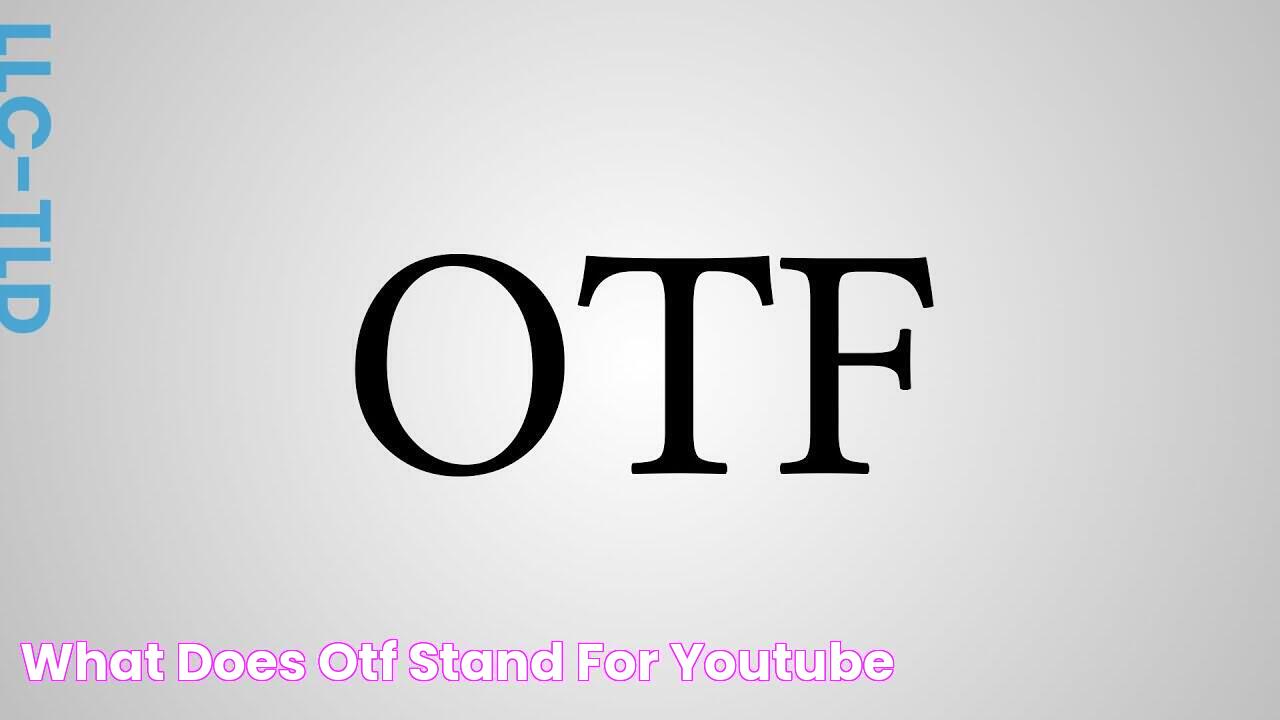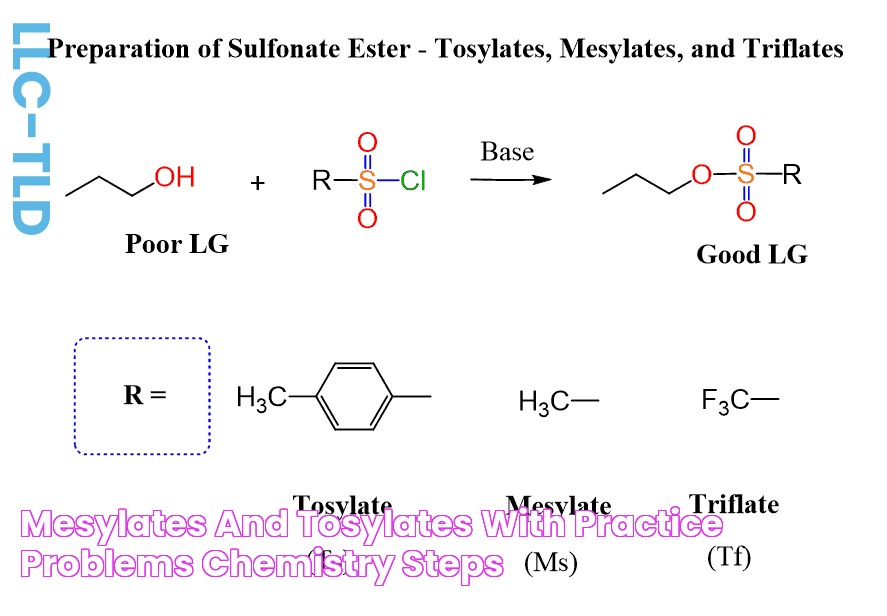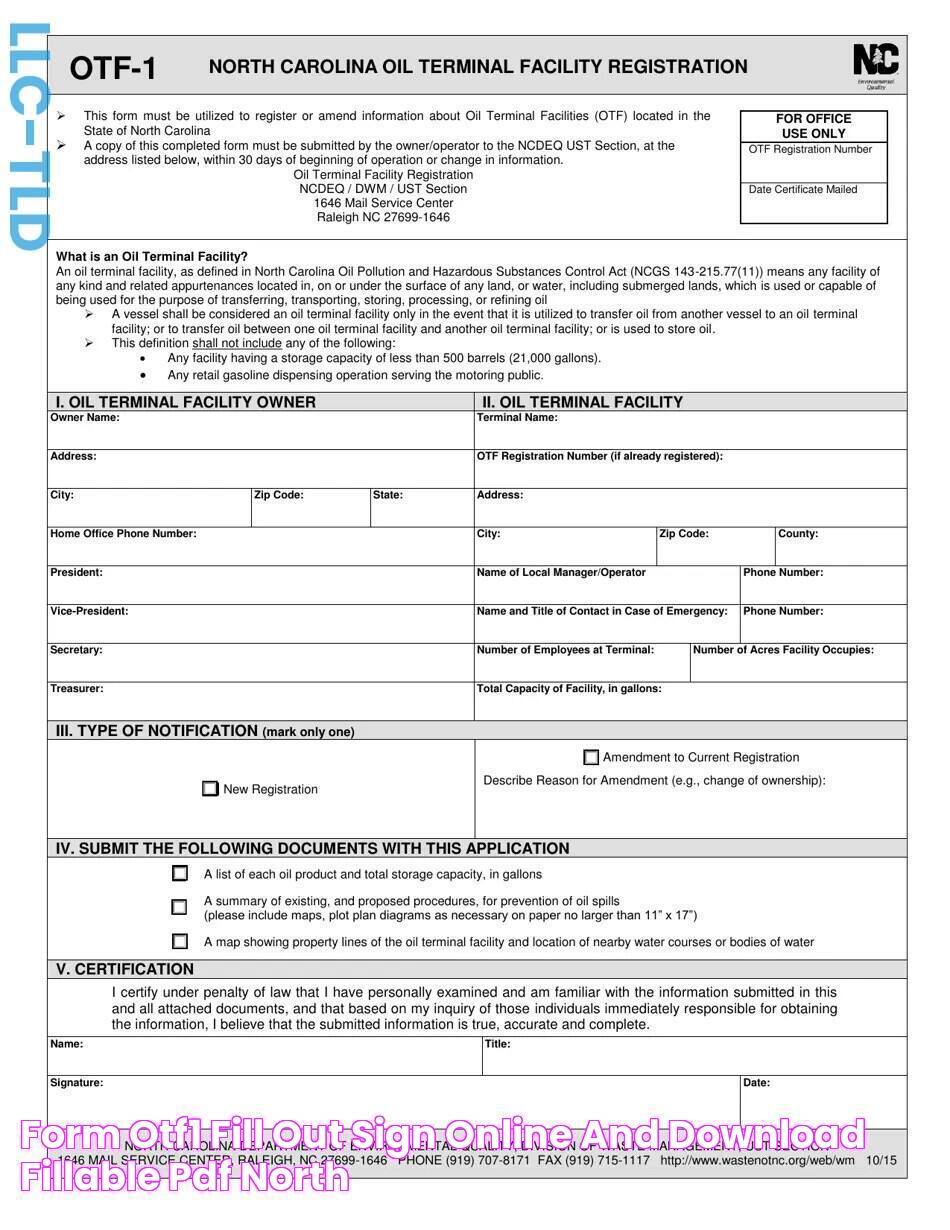Discover The Meaning Of "OTF": A Comprehensive Guide
OTF stands for OpenType Font, a digital font format developed by Microsoft and Adobe in the late 1990s. OTF fonts are widely used on both Macs and PCs, and they support a variety of features, including TrueType outlines, PostScript outlines, and Unicode character encoding. OTF fonts are often used for web design, desktop publishing, and other graphic design applications.
OTF fonts offer several advantages over other font formats. They are compact, scalable, and support a wide range of languages and characters. OTF fonts are also cross-platform compatible, meaning they can be used on both Macs and PCs. Additionally, OTF fonts support advanced typographic features, such as ligatures and kerning, which can improve the readability and appearance of text.
OTF fonts have become the standard font format for web design and desktop publishing. They are supported by all major web browsers and operating systems, and they offer a wide range of features and benefits. If you are looking for a versatile and high-quality font format, OTF is a great option.
Read also:Discover Carnaval Mexican Grills Enticing Menu
OTF Full Form
OTF stands for OpenType Font, a digital font format developed by Microsoft and Adobe in the late 1990s. OTF fonts offer several advantages over other font formats, including compactness, scalability, and support for a wide range of languages and characters. They are also cross-platform compatible, meaning they can be used on both Macs and PCs. Additionally, OTF fonts support advanced typographic features, such as ligatures and kerning, which can improve the readability and appearance of text.
- OpenType: OTF fonts are based on the OpenType specification, which is a cross-platform font format that supports a wide range of features.
- Compact: OTF fonts are compact in size, making them easy to store and transfer.
- Scalable: OTF fonts can be scaled to any size without losing quality.
- Cross-platform: OTF fonts are compatible with both Macs and PCs.
- Unicode support: OTF fonts support a wide range of languages and characters, including Unicode.
- Advanced typography: OTF fonts support advanced typographic features, such as ligatures and kerning.
- Widely used: OTF fonts are widely used in web design, desktop publishing, and other graphic design applications.
OTF fonts have become the standard font format for web design and desktop publishing. They are supported by all major web browsers and operating systems, and they offer a wide range of features and benefits. If you are looking for a versatile and high-quality font format, OTF is a great option.
1. OpenType
The OpenType specification is a cross-platform font format that was developed by Microsoft and Adobe in the late 1990s. It is an open standard, which means that anyone can use it to create and distribute fonts. OTF fonts are based on the OpenType specification, which gives them a number of advantages over other font formats.
One of the main advantages of OTF fonts is that they are cross-platform compatible. This means that they can be used on both Macs and PCs without any problems. Additionally, OTF fonts support a wide range of features, including TrueType outlines, PostScript outlines, and Unicode character encoding. This makes them a versatile font format that can be used for a variety of purposes.
OTF fonts are also compact and scalable. This means that they can be used in a variety of applications without taking up too much space. Additionally, OTF fonts can be scaled to any size without losing quality. This makes them ideal for use in both print and web design.
The OpenType specification is a powerful and versatile font format that has become the industry standard. OTF fonts are based on the OpenType specification, which gives them a number of advantages over other font formats. If you are looking for a font format that is cross-platform compatible, supports a wide range of features, and is compact and scalable, then OTF is a great option.
Read also:The Ultimate Guide To The Lion King 1994 Cast
2. Compact
The compact size of OTF fonts is one of their key advantages. This is because OTF fonts use a variety of compression techniques to reduce their file size without sacrificing quality. As a result, OTF fonts are typically much smaller than other font formats, such as TrueType fonts. This makes them easier to store and transfer, which is important for web designers and other users who need to share fonts across different platforms.
- Reduced File Size: OTF fonts use compression techniques to reduce their file size, making them easier to store and transfer.
- Faster Loading: Smaller file sizes mean that OTF fonts can be loaded more quickly, which is important for web designers who want to create fast-loading websites.
- Easier to Share: Smaller file sizes make OTF fonts easier to share across different platforms, such as between Macs and PCs.
The compact size of OTF fonts is a major advantage for web designers and other users who need to store and transfer fonts. OTF fonts are typically much smaller than other font formats, which makes them easier to store and transfer. This is important for web designers who want to create fast-loading websites and for other users who need to share fonts across different platforms.
3. Scalable
The scalability of OTF fonts is one of their most important features. This means that OTF fonts can be scaled to any size without losing quality, which makes them ideal for use in a variety of applications. For example, OTF fonts can be used in print design, web design, and even in video games.
The scalability of OTF fonts is due to the way they are created. OTF fonts use a technology called "outlines" to define the shape of each character. These outlines are mathematical descriptions of the character's shape, which means that they can be scaled to any size without losing quality.
The scalability of OTF fonts is a major advantage over other font formats, such as TrueType fonts. TrueType fonts use a technology called "bitmaps" to define the shape of each character. Bitmaps are made up of a grid of pixels, which means that they can become pixelated when they are scaled to a large size. OTF fonts, on the other hand, do not suffer from this problem. They can be scaled to any size without losing quality.
The scalability of OTF fonts is a key feature that makes them ideal for use in a variety of applications. OTF fonts can be used to create high-quality text that is readable at any size, which makes them a valuable asset for designers and other users.
4. Cross-platform
The cross-platform compatibility of OTF fonts is one of their most important features. This means that OTF fonts can be used on both Macs and PCs without any problems. This is a major advantage over other font formats, such as TrueType fonts, which are not always compatible with both platforms.
The cross-platform compatibility of OTF fonts is due to the fact that they are based on the OpenType specification, which is a cross-platform font format. This means that OTF fonts are designed to be compatible with both Macs and PCs. Additionally, OTF fonts are supported by all major web browsers and operating systems.
The cross-platform compatibility of OTF fonts is a major advantage for users who need to share fonts across different platforms. For example, a web designer may need to create a website that will be viewed by users on both Macs and PCs. By using OTF fonts, the web designer can be sure that the fonts will be displayed correctly on all platforms.
The cross-platform compatibility of OTF fonts is also a major advantage for users who need to collaborate on projects with other users who use different platforms. For example, a graphic designer may need to collaborate on a project with a colleague who uses a different operating system. By using OTF fonts, the graphic designer can be sure that the fonts will be displayed correctly on both platforms.
In conclusion, the cross-platform compatibility of OTF fonts is a major advantage that makes them a valuable asset for users who need to share fonts across different platforms or collaborate on projects with other users who use different platforms.
5. Unicode support
Unicode is a character encoding standard that allows computers to represent and process text from a wide range of languages and scripts. OTF fonts support Unicode, which means that they can be used to display text in a variety of languages, including Arabic, Chinese, Cyrillic, Greek, Hebrew, Japanese, Korean, and Latin.
- Global Communication: Unicode support in OTF fonts enables global communication by allowing users to create and share documents in different languages without worrying about font compatibility issues.
- Language Accessibility: OTF fonts with Unicode support promote language accessibility by making it easier for users to access and read content in their native languages.
- Cross-Cultural Collaboration: Unicode support fosters cross-cultural collaboration by allowing users from different linguistic backgrounds to work together on documents and projects.
- Preservation of Minority Languages: OTF fonts with Unicode support contribute to the preservation of minority languages by providing a standardized way to represent and display them.
The Unicode support in OTF fonts is a critical feature that enables global communication, language accessibility, cross-cultural collaboration, and the preservation of minority languages. By supporting Unicode, OTF fonts empower users to create and share content in a wide range of languages and scripts, fostering a more inclusive and interconnected world.
6. Advanced typography
OTF fonts support a wide range of advanced typographic features that enhance the aesthetic appeal and readability of text. These features include ligatures, kerning, and other OpenType features.
- Ligatures: Ligatures are pairs of characters that are connected together to form a single glyph. They are often used to improve the readability and appearance of text, especially in headlines and logos.
For example, the characters "fi" and "fl" are often combined to form a single ligature, which makes the text easier to read and gives it a more polished look.
- Kerning: Kerning is the process of adjusting the spacing between individual characters in a text. It is used to improve the readability and appearance of text, especially in large blocks of text.
For example, the spacing between the characters "A" and "V" may need to be adjusted to prevent them from overlapping or appearing too far apart.
- Other OpenType features: OTF fonts also support a variety of other advanced typographic features, such as alternate characters, swashes, and ornaments. These features can be used to add a unique and personal touch to text.
The advanced typography features that are supported by OTF fonts make them an excellent choice for a wide range of applications, including print design, web design, and logo design. These features allow designers to create text that is both beautiful and easy to read.
7. Widely used
The widespread use of OTF fonts in various design applications is a testament to their versatility and adaptability. OTF's ability to support a vast range of languages, characters, and typographic features makes it a preferred choice for designers seeking to create visually appealing and globally accessible content.
The extensive adoption of OTF fonts in web design can be attributed to their cross-platform compatibility and ability to render text consistently across different browsers and operating systems. This ensures that websites maintain their intended visual appearance and readability, regardless of the user's device or platform.
In desktop publishing, OTF fonts provide designers with a comprehensive set of tools to enhance the aesthetics and functionality of printed materials. The support for advanced typographic features, such as ligatures and kerning, allows for precise control over the spacing and appearance of text, resulting in professional-looking documents and publications.
The widespread use of OTF fonts in graphic design applications underscores their versatility and suitability for a wide range of creative projects. Designers can leverage OTF's advanced features to create logos, branding materials, and other visual elements that are visually striking and effective in conveying the intended message.
In summary, the extensive use of OTF fonts in web design, desktop publishing, and other graphic design applications highlights their versatility, cross-platform compatibility, and ability to enhance the visual appeal and readability of text. Understanding this connection provides valuable insights into the practical significance of OTF's features and their impact on the creation of visually engaging and effective design projects.
FAQs about "OTF Full Form"
This section addresses frequently asked questions (FAQs) related to the full form of OTF, providing concise and informative answers to common queries.
Question 1: What is the full form of OTF?
Answer: OTF stands for OpenType Font.
Question 2: What are the advantages of using OTF fonts?
Answer: OTF fonts offer several advantages, including cross-platform compatibility, support for a wide range of languages and characters, scalability, compactness, and support for advanced typographic features.
Question 3: Are OTF fonts suitable for both print and digital applications?
Answer: Yes, OTF fonts are well-suited for both print and digital applications due to their scalability and cross-platform compatibility.
Question 4: How do OTF fonts differ from other font formats?
Answer: OTF fonts are based on the OpenType specification, which provides advantages such as support for advanced typographic features, Unicode encoding, and cross-platform compatibility.
Question 5: What are some examples of popular OTF fonts?
Answer: Examples of popular OTF fonts include Helvetica, Arial, Times New Roman, Georgia, and Verdana.
Question 6: How can I identify whether a font is in OTF format?
Answer: OTF fonts typically have a file extension of ".otf". You can check the file extension of a font to determine its format.
In summary, OTF fonts are a versatile and widely used font format that offers advantages for both print and digital applications. Their cross-platform compatibility, support for a wide range of languages and characters, and advanced typographic features make them a popular choice for designers and users alike.
You may continue to the next section of our guide to discover more about the applications and benefits of OTF fonts.
Tips for Using OTF Fonts
OTF fonts offer a wide range of benefits for designers and users alike. Here are a few tips to help you get the most out of OTF fonts:
Tip 1: Choose the right font for the job.
There are many different OTF fonts available, each with its own unique style and characteristics. When choosing a font, it is important to consider the purpose of your project and the audience you are trying to reach. For example, a serif font may be a good choice for a formal document, while a sans-serif font may be a better choice for a website or marketing materials.
Tip 2: Use OTF fonts for cross-platform compatibility.
OTF fonts are cross-platform compatible, which means that they can be used on both Macs and PCs. This makes them a good choice for projects that will be shared across different platforms.
Tip 3: Take advantage of advanced typographic features.
OTF fonts support a wide range of advanced typographic features, such as ligatures and kerning. These features can help to improve the readability and appearance of your text.
Tip 4: Use OTF fonts for web design.
OTF fonts are a good choice for web design because they are scalable and support a wide range of languages and characters. This makes them a good choice for websites that will be viewed by a global audience.
Tip 5: Use OTF fonts for print design.
OTF fonts are also a good choice for print design because they are scalable and support a wide range of languages and characters. This makes them a good choice for printed materials that will be distributed to a global audience.
By following these tips, you can get the most out of OTF fonts and create beautiful and effective designs.
In the next section, we will discuss the benefits of using OTF fonts.
Conclusion on OpenType Font (OTF)
In summary, OpenType Font (OTF) is a versatile and widely adopted digital font format that offers numerous advantages. Its cross-platform compatibility, extensive language and character support, scalability, and advanced typographic features make it a valuable asset for designers and users alike.
OTF fonts play a crucial role in modern design workflows, enabling the creation of visually appealing and globally accessible content across various applications. Whether for web design, desktop publishing, or graphic design, OTF fonts provide a comprehensive solution for enhancing the aesthetic appeal, readability, and cross-cultural effectiveness of text.
As technology continues to evolve, OTF fonts will undoubtedly remain a cornerstone of digital typography, empowering designers with the tools they need to create impactful and engaging content that transcends linguistic and platform boundaries.
Discover The Latest On Simplicity Nyachty | The Inside Scoop
VIP Parking At Bradley Airport: Enjoy A Hassle-Free Travel Experience
Uncover The Meaning Of "Chama" - Your Ultimate Guide


